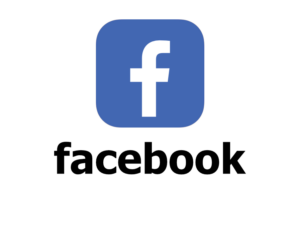With Hollywood striving to boost diversity and inclusion, opening the inclusion umbrella for America’s largest minority – the one-in-five Americans with a disability – is the right thing to do as well as economically smart given that the disability market is valued at more than $1 trillion. The success of films like Black Panther, Wonder Woman and Coco prove that diversity wins. According to Nielsen Research, consumers with disabilities represent a $1 billion market segment. When you include their families, friends and associates, that total expands to more than $1 trillion. Americans with disabilities represent the third largest market behind Baby Boomers and the mature market. 1.2 billion people on earth have a disability.
However, storytellers often make glaring, yet easy to avoid, errors when covering our community. The purpose of the toolkit is to help entertainment professionals who wish to ensure they are as inclusive of people with disabilities as possible. The creation of this toolkit would not have been possible without the financial support of California Endowment.
View each section of the toolkit by following the links below:
- Acknowledgements
- Introduction
- How Disability Belongs™ Can Help in Your Work
- Examples of Best Practices
- Terminology Tips: Using the Appropriate Lexicon
- Common Acronyms
- Etiquette: Interacting with People with Disabilities
- Disability FAQ
- What is considered a disability?
- What is the Americans with Disabilities Act (ADA)?
- What is ableism?
- What is an inclusion rider? How can they help people with disabilities in Hollywood?
- What is person-first language? What is identity-first language? Which should I use?
- What does it mean to “reclaim” a word, and why is reclaiming important?
- How does intersectionality play into all of this?
- What are some concrete steps to ensure we are inclusive?
- How can I communicate that I am welcoming of people with disabilities?
- How do I ensure my events are inclusive and accessible?
- What is some sample inclusion language to use for accommodations?
- How do I ensure my space is accessible physically?
- How do I ensure my exterior space is accessible physically?
- What signage do I need to be more accessible?
- How do I ensure my website is fully accessible?
- How do I add captions to my online videos for free?
- How do I ensure my other materials are accessible?
- How can I tell if an animal is really a service animal and not just a pet?
- What do I need to know regarding hiring employees with disabilities?
- How can I be more inclusive in my hiring process?
- What is an example of non-discrimination language to include?
- What tax and other incentives do employers have to hire people with disabilities?
- Learn More About Specific Disabilities:
- Attention Deficit Hyperactivity Disorder (ADHD)/Attention Deficit Disorder (ADD)
- Amputation/Amputee
- Autism/Autism Spectrum Disorder (ASD)
- Blind/Vision Loss
- Cerebral Palsy
- Deaf/Hard of Hearing
- Down syndrome
- Dyslexia and Other Learning Disabilities
- Epilepsy
- Little People/Dwarfism
- Mental Illness: Anxiety, Bipolar Disorder, Depression
- Mobility Impairments Requiring the Use of a Wheelchair
- Obsessive-Compulsive Disorder (OCD)
- Entertainment Professionals Resources
- Disability Belongs™ National Leadership Program
To ask a question or add a resource, contact Lauren Appelbaum at LaurenA@DisabilityBelongs.org.







